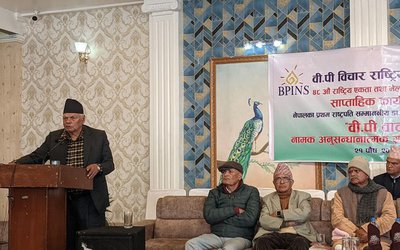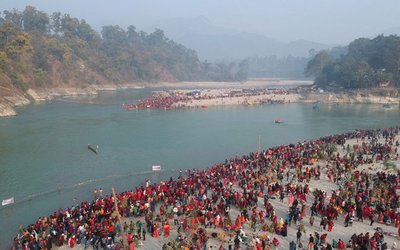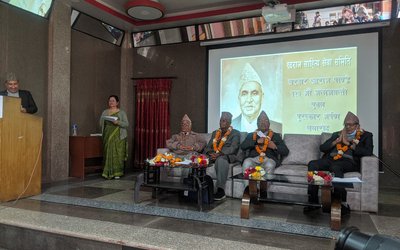More on Review





If past reviews are to be trusted, Dr. Hemang Dixit’s Nepal’s Quest for Health is, for the English reader at least, the most succinct guide to Nepal’s health sector. The recently published fourth edition speaks to the book’s staying power but also raises a pertinent question about its utility. Is it still able to fulfill the author’s intentions- to act as a concise and comprehensive guide for medical students- or should it be shelved?
Dr. Dixit is not writing from an ivory tower. After completing his degree from London, he has been active in the medical field both as a doctor and as a professor. He is of the opinion that “while there is general despondency all around, there have been quiet but positive changes in the health sector.” These changes could be small- for example, when recounting the implementation of health plans before the Long Term Health Plan of 1975, Dr. Dixit reminiscences about the difficulty in working with arbitrary plans and changes in the government. The book then reads almost as part memoir and part academic text. It is due to Dr. Dixit’s entrenchment in the field of health care, as a provider and a professor, that this insight is legitimate and valuable. But what makes the book noteworthy is the deployment of government policy in contextualizing modern medicine in Nepal.
Although Nepal’s Quest for Health starts off with a historical overview, it is the chapters that deal with current issues in the health sector that are particularly notable. Dr. Dixit’s writing shows an awareness of what current political trends and social issues mean for the health sector. Each of these chapters provides and assesses a monumental amount of information, some of which includes health rights, maternal care, privatization, the role of NGOs, and medical research. For example, the book traces the government’s commitment to developing health services as a basic right for the people. But how the Department of Health Services will visualize and implement a program without a constitution to divide state power between the center and the periphery is anyone’s guess. So even though it is written with the medical student in mind, this book would be of great interest to development workers, public policy makers, and health care providers in general.
Where the book falters is in the delivery of its content. The amalgamation of technical information with uncorroborated mythical and semi-historical material creates some confusion for its readers. Dr. Dixit includes statistics but “cautions the reader about their reliability.” This does not aid the reader and could potentially hurt the book’s credibility. It would be hard to find another author to write this sort of book as Dr. Dixit has been integral to the fabric of the nation’s health sphere. Seeing that this is the fourth edition of the book, it is a shame that this book has not gotten the editorial guidance it needs. The verdict? This book is too significant to dismiss but it lacks a healthy dose of editing.






